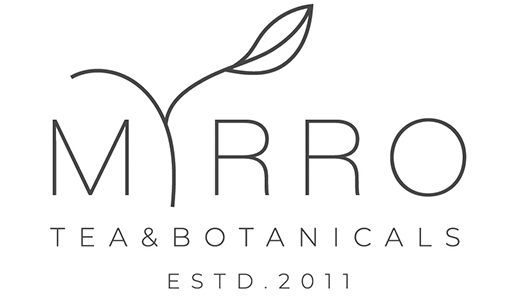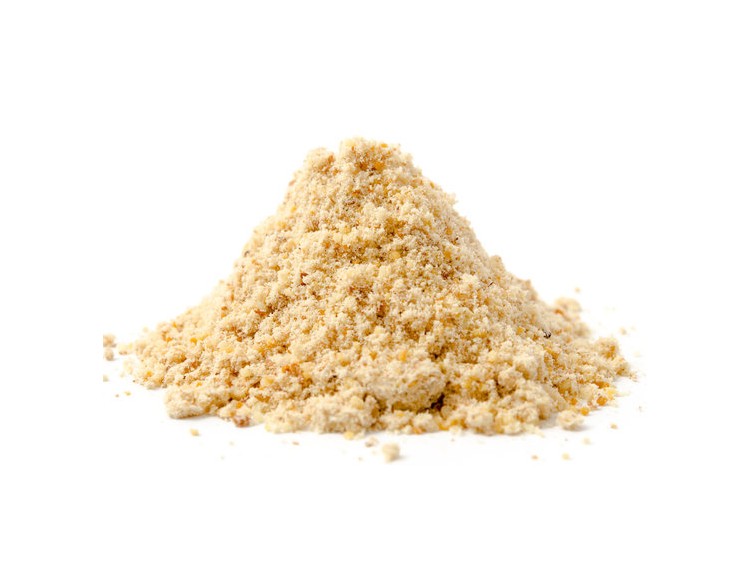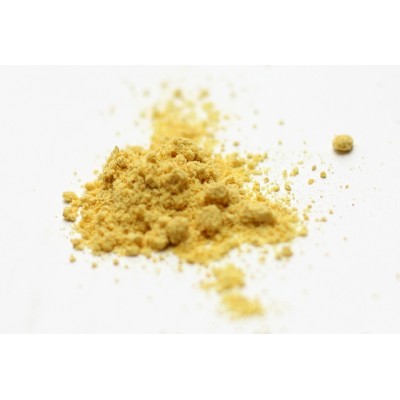blend for greek tsoureki (easter brioche)
(€5.90 ανα 50 gr)
Our handmade mixture for delicious buns! Of course, with high-quality mahlepi, cardamom powder, Greek mastic of Chios and our own greek grated oranges. In addition to the bun, it can be used in cookies, cakes with dried fruits, king pies and vanilla creams. The ideal dosage in doughs is about 1.5 teaspoons for 700g of flour.
Our handmade mixture for delicious buns! Of course, with high-quality mahlepi, cardamom powder, Greek mastic of Chios and our own greek grated oranges. In addition to the bun, it can be used in cookies, cakes with dried fruits, king pies and vanilla creams. The ideal dosage in doughs is about 1.5 teaspoons for 700g of flour.
Mahlab is a powder made from the seeds of the St. Lucy's cherry, found in different parts of the Mediterranean, that requires drying and cracking open rock-hard cherry pits. When mahlab first hits your tongue it tastes a bit like cherries, a bit like roses, and a bit like almonds. There's a hint of vanilla and something quite floral. Its aftertaste, though, is quite bitter. When cooked, everything changes. It's fruity and rich, but subtle. It's a regal spice that adds majesty to sweets, an excellent mystery ingredient that contributes a whole palette of flavors without dominating an end result.Though it has some savory applications (coming to a lamb tagine near you!), mahlab is mostly a baking spice, used in pastries and breads from Greece to Iraq. It's common in a Greek sweet bread traditionally baked for Easter called tsoureki, though it's also common during Christmas baking. A teaspoon per cup of flour is often added to cookies, cakes, or rolled pastries of those areas.
Dairy pairs well with mahlab, either in the form of milk of cheese. It's a spice crying out to be used in rice pudding, which is often scented with almond and rosewater. Its fruitiness would make a welcome addition to crème brûlée, or anywhere else that fruit chunks or juice just wouldn't do. Or sprinkle some in a cheese-based tart, preferably one with lots of honey and butter.
I've been noshing on a snack based on an Egyptian dessert composed of two parts ground sesame seeds, two parts honey, one part extra virgin olive oil, and just enough mahlab to make its presence known. This thick, floral paste would be ideal to roll into a pastry like rugelach—but by the time I got the willpower to stop eating it with a spoon, I had barely enough to stuff one small pastry. Honey and mahlab are also best of friends, as are other complex sweet ingredients like dried fruit or nuts.
You can treat mahlab much like nutmeg. You don't need much for it to make an effect, but it can make all the difference between a ho-hum dessert and something alluring. Like nutmeg, it's easy to add it ad hoc to baked goods once you get a sense of it. Though the world is not teeming with written recipes that demand mahlab, many spiced desserts would benefit from a judicious application of the stuff. Just keep an eye out for bitterness and taste frequently. If you're looking to get creative with your baking, spices are the easiest way to do so, and mahlab's an excellent contender.
You might also like
























































Grade Comments (0)